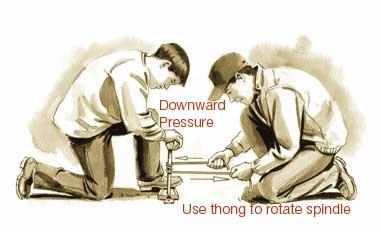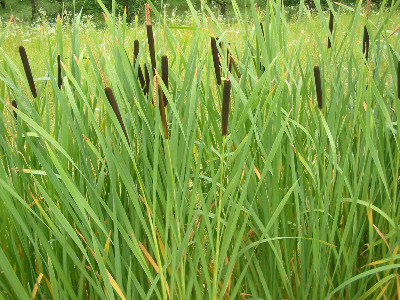Flu season is upon us

Don’t catch the virus- here are some facts and myths about the flu
Influenza, or the flu, is a respiratory infection caused by a variety of flu viruses. The U.S. Centers for Disease Control and Prevention (CDC) estimates that 35 to 50 million Americans come down with the flu during each flu season, which typically lasts from November to March and numbers raise usually in January and February . Children are two to three times more likely than adults to get sick with the flu, and children frequently spread the virus to others. Although most people recover from the illness, CDC estimates that in the United States more than 100,000 people are hospitalized and about 36,000 people die from the flu and its complications every year.
Here some myths to help clear the air!
MYTH1: You can catch the flu from the vaccine. The vaccine is made from an inactivated virus that can't transmit infection. So people who get sick after receiving a flu vaccination were going to get sick anyway. It takes a week or two to get protection from the vaccine. But people assume that because they got sick after getting the vaccine, the shot caused their illness.
MYTH 2: Healthy people don't need to be vaccinated. It's true that the flu vaccination is routinely recommended for people who have a chronic illness. But anyone—even healthy folks—can benefit from being vaccinated. Current guidelines suggest that children ages 6 months to 19 years old, pregnant women, and anyone over age 49 be vaccinated each year. In addition, the flu shot is recommended for healthy people who might spread the virus to others who are particularly susceptible. For this reason, health care workers are routinely advised to get the flu vaccination to protect their patients.
MYTH 3: Getting the flu vaccination is all you need to do to protect yourself from the flu. There are a number of steps you can take to protect yourself during flu season besides vaccination. Avoid contact with people who have the flu, wash your hands frequently, and consider taking anti-viral medications if you were exposed to the flu before being vaccinated.
MYTH 4: The flu is just a bad cold. Influenza may cause bad cold symptoms. But in the United States alone, 36,000 people die and more than 200,000 are hospitalized each year because of the flu.
MYTH 5: You can't spread the flu if you're feeling well. Actually, 20 to 30 percent of people carrying the influenza virus have no symptoms.
MYTH 6: You don't need to get a flu shot every year. The influenza virus changes (mutates) each year. So getting vaccinated each year is important to make sure you have immunity to the strains most likely to cause an outbreak.
MYTH 7: You can catch the flu from going out in cold weather without a coat, with wet hair or by sitting near a drafty window. The only way to catch the flu is by being exposed to the influenza virus. Flu season coincides with the cold weather. So people often associate the flu with a cold, but they are not related.
MYTH 8: Feed a cold, starve a fever. If you have the flu (or a cold) and a fever, you need more fluids. There's little reason to increase or decrease how much you eat. Though you may have no appetite, "starving" yourself will accomplish little. And poor nutrition will not help you get better.
MYTH 9: Chicken soup will speed your recovery from the flu. Hot liquids can soothe a sore throat and provide much needed fluids. But chicken souphas no other specific qualities that can help fight the flu.
MYTH 10: If you have a high fever with the flu that lasts more than a day or two, antibiotics may be necessary. Antibiotics work well against bacteria, but they aren't effective for a viral infection like the flu. Then again, some people develop a bacterial infection as a complication of the flu, so it may be a good idea to get checked out if your symptoms drag on or worsen.
Prevention
The best way to prevent the flu is to get vaccinated each fall with a flu shot or using the flu nasal spray vaccine. The nasal spray is approved for use only among healthy people between the ages of 2-49. The flu shot is approved for use among children over six-months-old, healthy people, and even those with chronic medical conditions. The benefits of the vaccine, however, won't take effect immediately.
- Avoid close contact
- Avoid close contact with people who are sick. When you are sick, keep your distance from others to protect them from getting sick.
- Clean your hands
- Washing your hands often will help protect you from germs.
- Avoid touching your eyes, nose or mouth
- Germs are often spread when a person touches something that is contaminated and then touches his or her eyes, nose, or mouth.
- Wash your hands as much as possible
And remember if you do come down with the nasty flu, do us all a favor and stay home! Trust me your boss will understand.
























